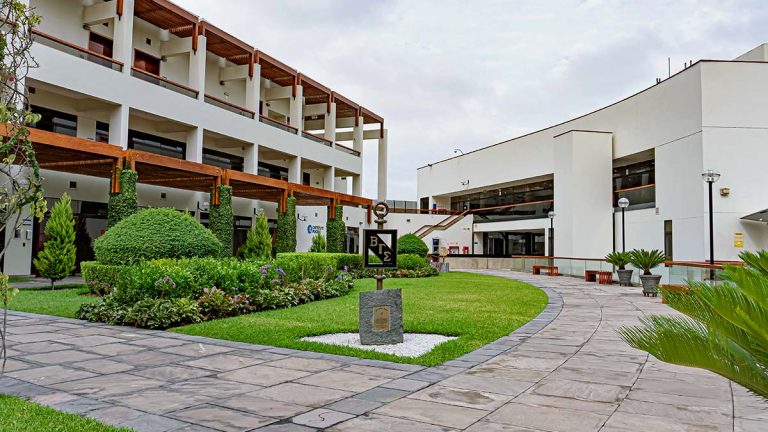Abstract
This study addresses the challenges of measuring regional competitiveness using traditional methods, due to the inherent complexity and non-linearity of its determinants’. The development of new Machine Learning (ML) models allows the creation of predictive models capable of handling this type of data, providing actionable insights. The objective of the study was to develop and test the use of non-linear Machine Learning models to measure the regional competitiveness in Peru, at the sub-national level. The research uses the ODD (Overview, Design Concepts, and Details) protocol to ensure a transparent and replicable methodology. The impact of ML on the Peruvian Regional Competitiveness Index (IRCI) is examined across 25 regions from 2016 to 2023, focusing on five key pillars: economy, government, infrastructure, businesses, and people. A suitability index (IoI) was developed to assess how well the pillar components align with ML. Data provided by CENTRUM PUCP was subjected to exploratory data analysis (EDA) to address variability among pillar scores and their effects on competitiveness. Six nonlinear machine learning models (Gradient Boosting, Random Forest, XGBoost, AdaBoost, Neural Networks, and Decision Trees) were applied, and the machine learning models with the highest predictive accuracy were Gradient Boosting and Random Forest. Performance metrics include MSE values of 1.1399 and 1.3469, RMSE values of 1.0677 and 1.1606, and R2 values of 0.9768 and 0.9729, respectively. These results demonstrate the effectiveness of machine learning in analyzing the complexity of regional competitiveness data, identifying influential variables, and reducing score distortions. The findings provide a data-driven framework for policymakers to improve regional competitiveness, which promotes academic knowledge and practical applications for sustainable development.



